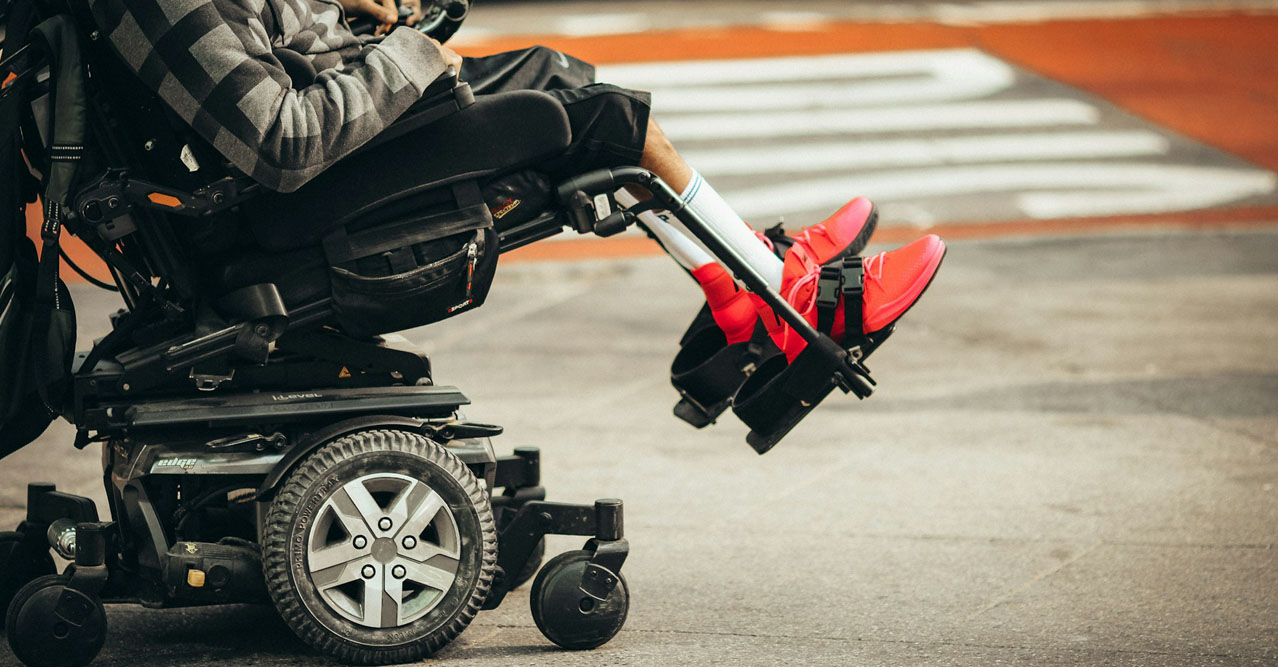Introduction
Adaptive mobility equipment plays a crucial role in enhancing the quality of life for individuals facing mobility challenges. With advancements in technology and increased accessibility through telemedicine, obtaining and using adaptive equipment has never been more efficient. This article explores how adaptive mobility equipment can transform lives and how telemedicine facilitates access to these vital resources.
Understanding Adaptive Mobility Equipment
What is Adaptive Mobility Equipment?
Adaptive mobility equipment refers to devices designed to assist individuals who have difficulties moving around independently. This equipment ranges from walkers and wheelchairs to more sophisticated gadgets like motorized scooters and stair lifts.
The Role of Telemedicine in Mobility Solutions
Telemedicine's Impact on Accessibility
Telemedicine has revolutionized the way patients access healthcare services, including consultations for adaptive mobility equipment. It offers the convenience of discussing mobility needs with healthcare providers from home, making it particularly beneficial for those with severe mobility limitations.
Types of Adaptive Mobility Equipment
Manual Wheelchairs
Affordable and Simple Solutions
Manual wheelchairs are a basic form of mobility aid that require user strength or assistance from a caregiver to operate. They are suited for individuals with moderate mobility issues who can use their arms or have someone available to help.
Power Wheelchairs and Scooters
Enhanced Independence with Technology
Power wheelchairs and scooters provide independence for individuals unable to operate manual wheelchairs. They are equipped with electronic controls and customization options to fit various disability levels.
Walkers and Canes
Support for Mild Mobility Issues
Walkers and canes are for people who can walk but need slight assistance for stability and balance. They are typically used by those with mild to moderate mobility challenges.
Specialized Mobility Devices
Innovative Solutions for Specific Needs
This category includes specialized seating systems, customized vehicle modifications, and advanced prosthetics, all designed to cater to specific mobility needs and enhance user mobility and comfort.
Telemedicine Consultations for Adaptive Equipment
How Telemedicine Enhances the Consultation Process
Telemedicine enables patients to have virtual consultations with specialists who can recommend the most appropriate adaptive mobility equipment based on their conditions and lifestyle needs.

Assessment and Recommendation
Virtual Assessments by Professionals
Through video conferencing, healthcare professionals can perform assessments to determine the most suitable type of mobility equipment. They can observe the patient’s environment and mobility limitations in real-time, providing tailored advice.
Prescription and Procurement
Streamlining the Equipment Acquisition Process
Telemedicine also facilitates the prescription process. Once a piece of equipment is recommended, the prescription can be processed digitally, and the equipment ordered and delivered without the patient needing to leave their home.
Benefits of Adaptive Mobility Equipment
Increased Independence
Empowering Users to Move Freely
Adaptive mobility devices significantly increase independence, allowing individuals to perform daily activities and social interactions without extensive help.
Enhanced Safety
Preventing Falls and Injuries
These devices provide stability and support, reducing the risk of falls and other injuries associated with mobility issues.
Improved Quality of Life
Boosting Mental and Physical Health
By facilitating mobility, these devices also help improve mental health by fostering greater autonomy and participation in community and family activities.
Challenges and Considerations
Cost and Insurance Coverage
One of the main challenges in acquiring adaptive mobility equipment is the cost. However, many insurance plans, including Medicare and Medicaid, may cover part or all of the cost, especially if prescribed by a healthcare provider via a telemedicine consultation.

Adapting to Technology
Some individuals may find it challenging to adapt to sophisticated equipment or use telemedicine platforms for consultations. Ongoing support and training are essential to overcome these hurdles.
Conclusion
Adaptive mobility equipment, enhanced by the convenience and accessibility of telemedicine, offers life-changing benefits for individuals with mobility issues. As technology continues to evolve, the integration of telemedicine in prescribing and managing the use of such equipment will continue to play a pivotal role in improving the autonomy and quality of life for many. This digital approach not only streamlines processes but also opens up new possibilities for customization and support that were previously challenging to provide.


